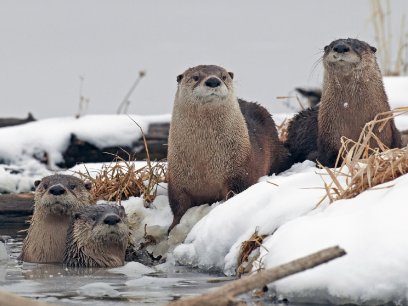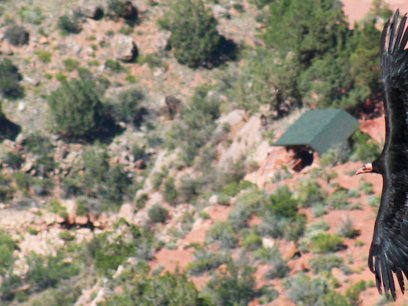
Over the course of several days, San Francisco Bay Area high school students ditch their textbooks and head to the beach for a hands-on ecology lesson. They collect sand crabs, holding the small invertebrates in their hands as they measure their size with a caliper and record measurements in their field notes. They peer into intertidal pools to observe purple sea urchins, anemones, and sea stars. Along the way, they develop problem-solving skills, gather and analyze data, and share their findings.
Their field classroom? The beautiful and diverse Duxbury Reef, one of the largest shale reefs in North America, which sits along the California coastline of the Greater Farallones National Marine Sanctuary.
Duxbury Reef is a 2018 recipient of the Hands on the Land (HOL) Mini-Grant, sponsored by the collaborative efforts of Partners in Resource Education. With a network of hundreds of field classrooms across the country, HOL engages K-12 students on America’s public lands and waterways to bring classroom learning to life.
As a state-designated Marine Protected Area, Duxbury provides the backdrop for LiMPETS (Long-term Monitoring Program & Experiential Training for Students). The program works as a close collaboration between the Marine Sanctuary and the Greater Farallones National Marine Sanctuary Association. Launched in 2002, LiMPETS aligns with California State Standards, and teaches skills emphasized by Next Generation Science Standards, Common Core, and NOAA’s Ocean Literacy Principles. Plus, it’s fun!
“LiMPETS gets students outdoors to our ocean shores to observe animals in their habitats, and collect data on the species they find, employing the same tools and methods used by marine scientists,” said Monika Lynn Krach, the development and communications director of the Greater Farallones Association and former LiMPETS program manager.
“Hands get sandy, feet get wet, and faces are splashed with ocean spray. All of their senses are engaged in the experience and in scientific observation,” said Krach. “Young people leave with a personal connection to the coastal landscape, and an insider’s view on the abundance of marine life.”
Classroom experiences bookend these field trips to help contextualize students’ understanding of the impacts of human activity and climate change, the importance of environmental conservation, and the role they can play to protect our coasts and our oceans.
According to Rebecca Girard, a Notre Dame High School teacher, “This program is so engaging! The students get to be involved in citizen science and explore biodiversity. There is no better way to connect students to their world than to take this field trip!”
And the results speak for themselves. Annual program evaluations show that 93% or more LiMPETS participants acquire new knowledge of marine science concepts; develop a deeper connection to the ocean; and feel they have done something meaningful to protect the ocean.


